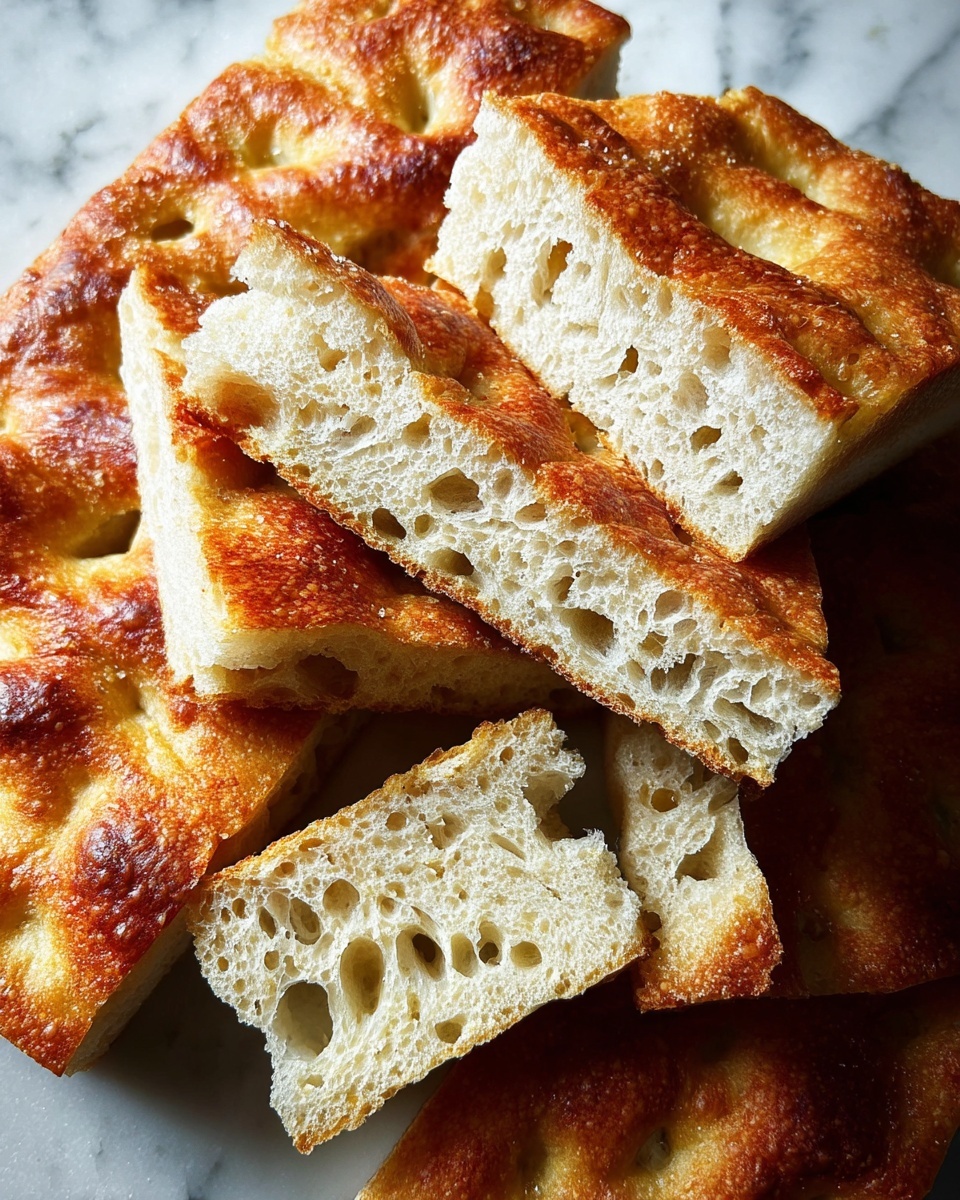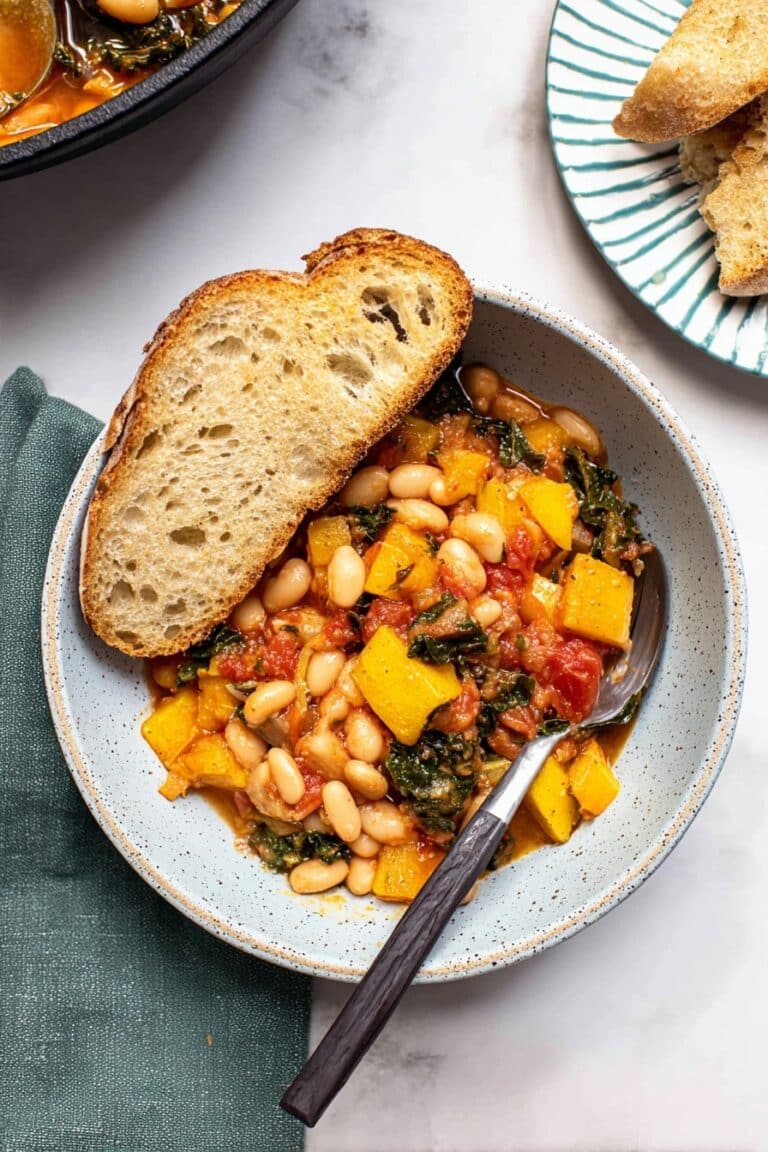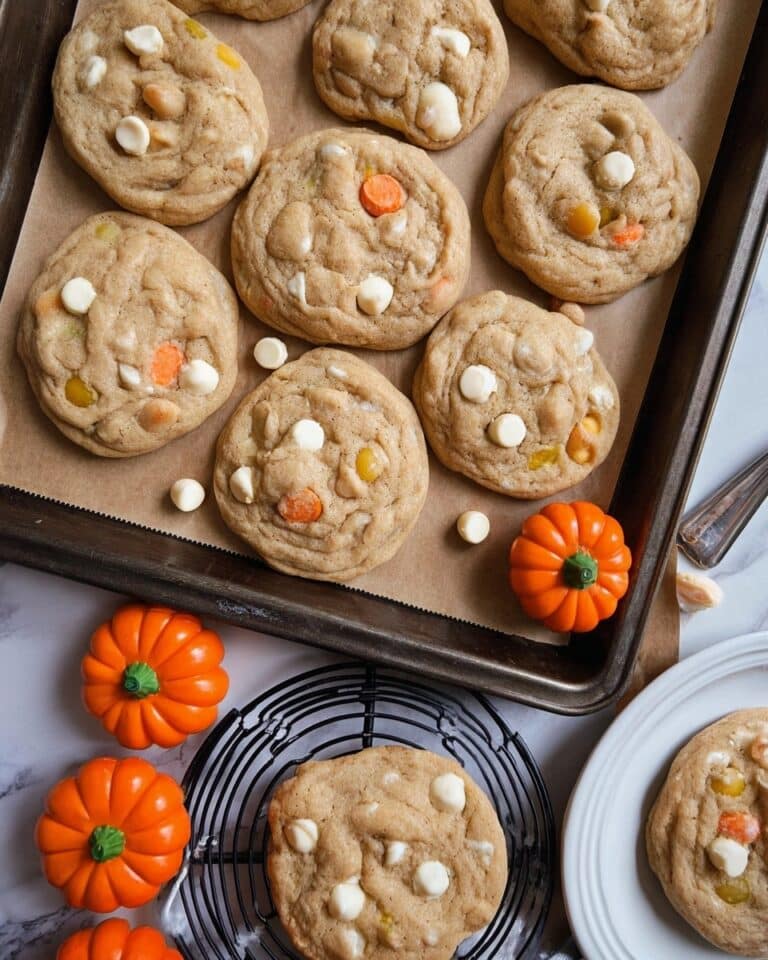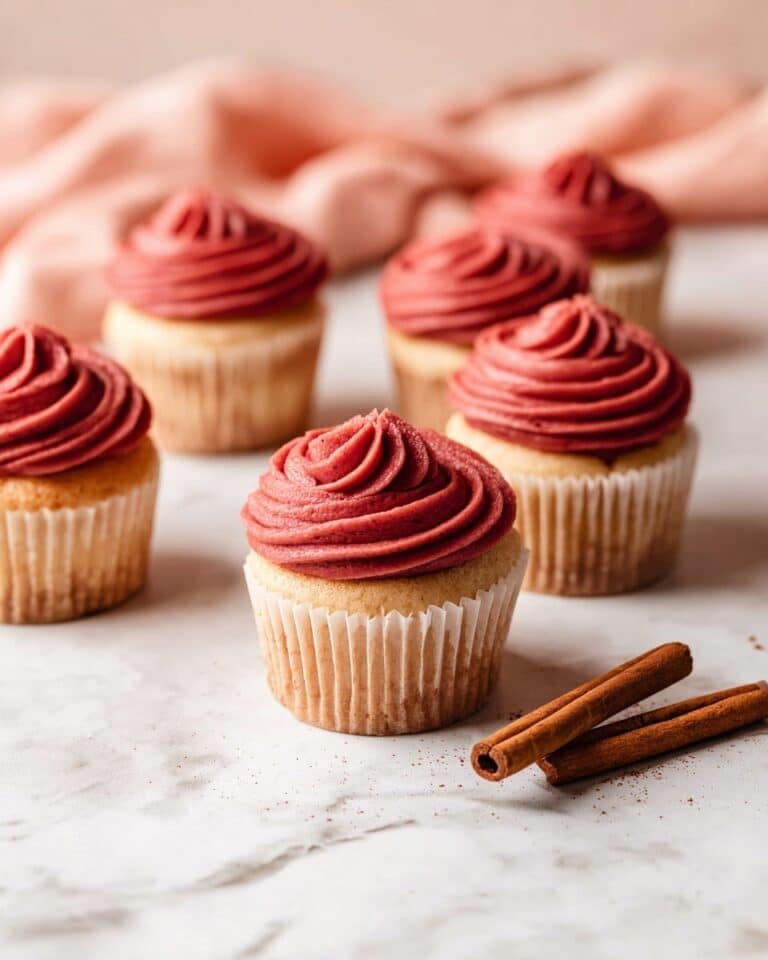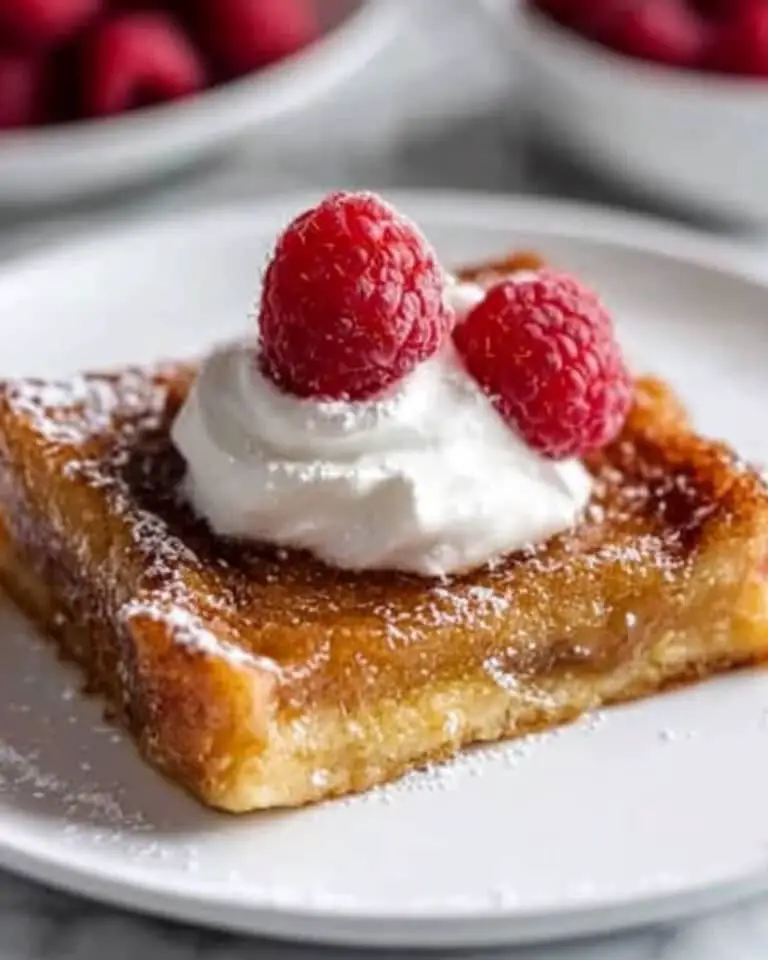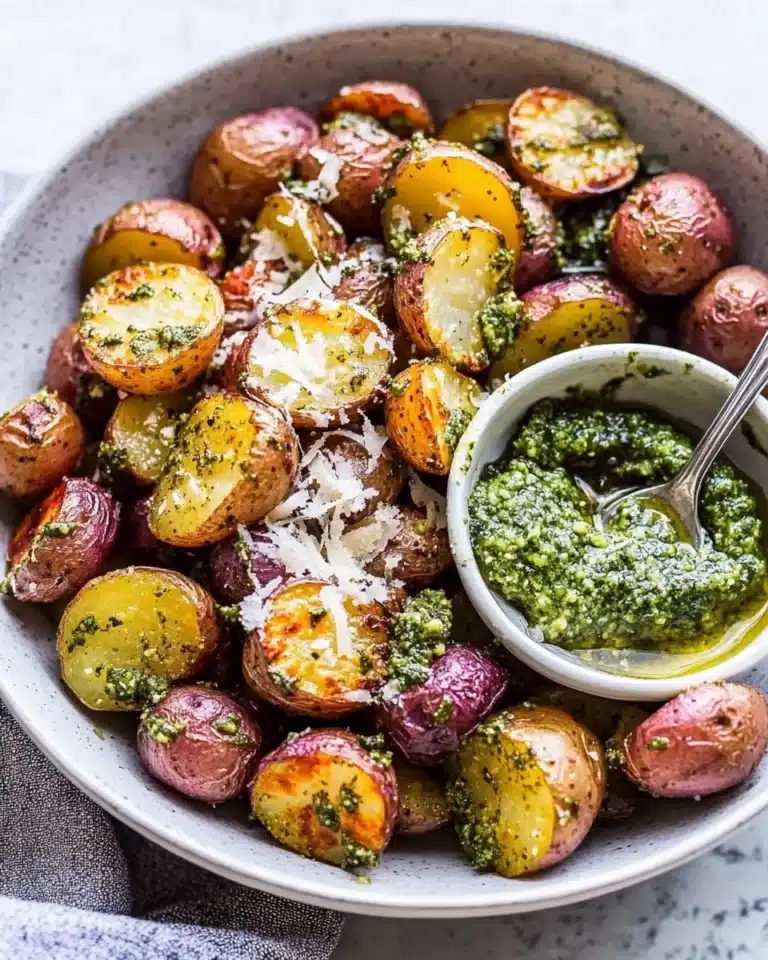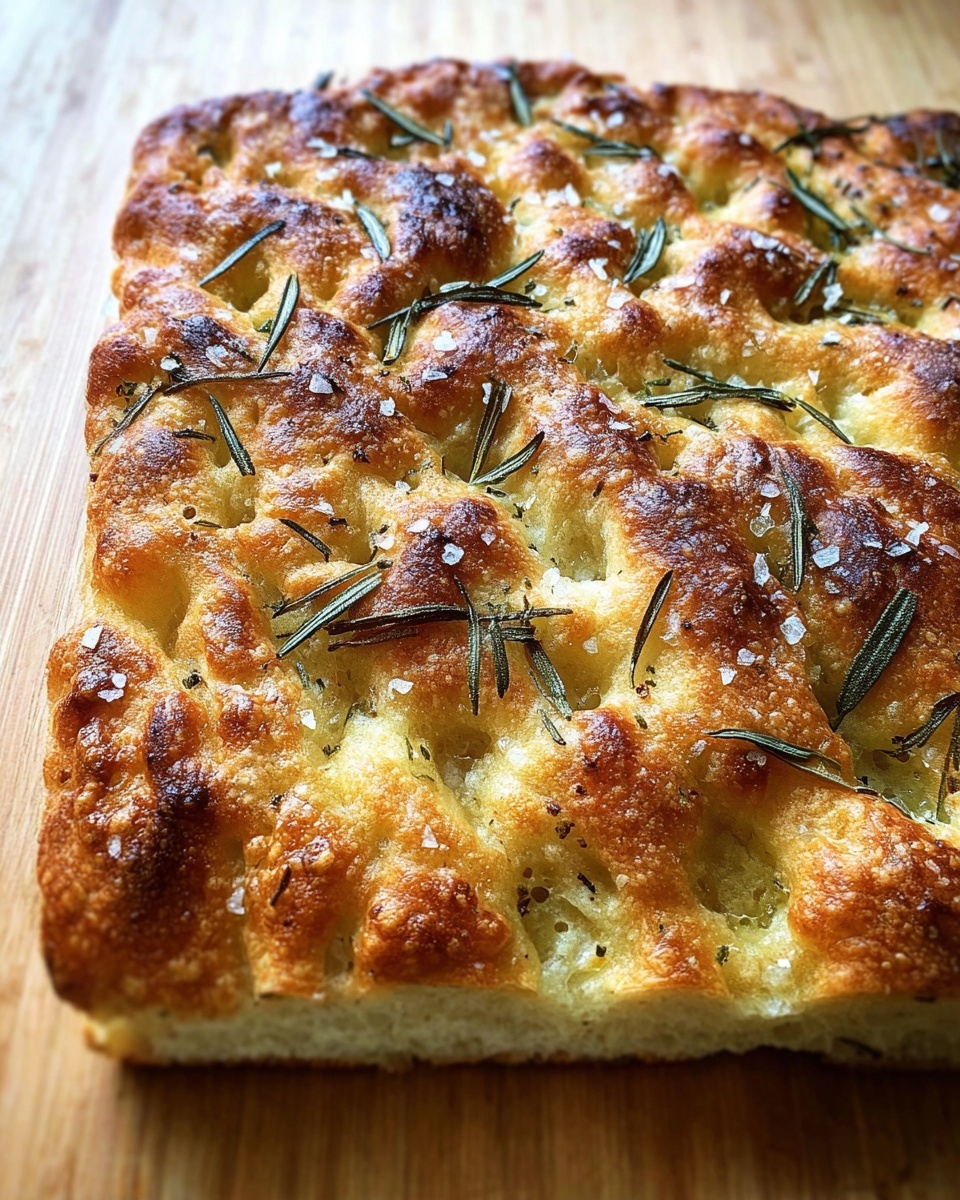
I absolutely love sharing this The Best, Easiest Focaccia Bread Recipe with you because it’s genuinely a game-changer in homemade bread baking. Whether you’re a beginner feeling intimidated by bread or a seasoned baker looking for a straightforward recipe, this focaccia is forgiving and surprisingly simple. The slow, cold fermentation makes the dough super easy to handle, and the end result? A tender, golden crust that’s perfectly chewy and packed with flavor.
What makes this recipe stand out for me is its flexibility and reliability. You can prepare the dough the day before and just bake it when you’re ready, which is perfect when you have busy days but want fresh bread. Plus, it’s fantastic with everything—from a casual lunch sandwich to a fancy dinner starter. Trust me, once you try The Best, Easiest Focaccia Bread Recipe, you’ll want to keep it in your baking rotation!
Why You’ll Love This Recipe
- Hands-off fermentation: Letting the dough rise slowly in the fridge means less active work and deeper flavor.
- Simple ingredients: You probably have everything you need in your pantry already, no fancy extras.
- Perfect texture: Crispy exterior combined with a light, airy crumb that melts in your mouth.
- Adaptable and forgiving: Great for beginners and easy to tweak with toppings or herbs.
Ingredients You’ll Need
These ingredients come together beautifully to create the tender crumb and the golden crisp crust of the focaccia. I recommend choosing good-quality olive oil and sea salt — they really elevate the flavor in simple recipes like this one.
- All-purpose flour or bread flour: Bread flour adds extra chew, but all-purpose works just fine.
- Kosher salt: Essential for balanced flavor—don’t skip or reduce drastically.
- Instant yeast: Makes the process quick and reliable; you can substitute with active dry yeast but see notes.
- Lukewarm water: I use a mix of boiling and cold water to hit the perfect temp for the yeast.
- Butter for greasing: Helps prevent sticking—especially if you’re using glass pans.
- Olive oil: For flavor and that irresistibly tender crust and dimples.
- Flaky sea salt (like Maldon): Adds that signature crunch and finishing touch.
- Fresh rosemary (optional): I love adding a subtle herbal note that pairs wonderfully with olive oil.
Variations
I like to switch things up depending on the season or what I have on hand. This recipe is like a blank canvas, so feel free to personalize it with your favorite herbs, toppings, or even make it gluten-free with a few tweaks.
- Herb variations: Sometimes I swap rosemary for thyme or sage for a different flavor profile my family goes crazy for.
- Garlic focaccia: Adding thin slices of roasted garlic on top adds a sweet, mellow punch of flavor.
- Olive and sun-dried tomato: Pressing these into the dough before baking creates a Mediterranean twist that’s irresistible.
- Gluten-free adaptation: Using a mix of gluten-free flours and xanthan gum has worked well when a friend came over gluten-free.
How to Make The Best, Easiest Focaccia Bread Recipe
Step 1: Mix Your Ingredients and Let the Dough Rest
Start by whisking together the flour, salt, and instant yeast in a big bowl. Then, add lukewarm water and mix with a spatula until it forms a sticky dough ball. Here’s a trick I discovered: rubbing olive oil over the surface before covering prevents that annoying dry crust from forming. Cover it tightly (plastic wrap works best) and pop it in the fridge for at least 12 hours or up to three days. This slow chill rise develops amazing flavor with very little effort on your part.
Step 2: Prepare Your Pans and Shape the Dough
I like using either two smaller pans or one big 9×13-inch pan lined with parchment and greased generously—this part really helps with sticking, especially if you have glass pans. Use two forks to pull the dough from the bowl, deflating it gently, then split it if you’re doing two pans. Roll each portion in some olive oil to coat all sides and place into your pan(s). Let the dough rest for 3-4 hours at room temp—that wait time lets it puff up and get super airy.
Step 3: Dimple, Season, and Bake
Preheat your oven to 425°F, then drizzle olive oil over the dough—this is the magic that gives focaccia its signature richness. Use your fingers to press deep dimples all over, stretching gently if needed so it fills the pan evenly. Sprinkling flaky sea salt and optional rosemary on top is the final flourish. Bake for 25-30 minutes until golden on the outside and crispy underneath. Then, transfer to a cooling rack and let it rest briefly before slicing. My family always wants to eat it right away, but letting it cool just a bit helps it hold together if you’re making sandwiches!
Pro Tips for Making The Best, Easiest Focaccia Bread Recipe
- Olive Oil Coverage: Don’t skimp on oiling the dough’s surface before refrigerating to avoid drying out the top layer.
- Temperature Matters: Mixing water that’s too hot or too cold can slow yeast activity — aim for comfortably warm.
- Use Your Fingers: Dimples made by fingers, not tools, give that signature rustic look and help trap oil.
- Don’t Rush the Rise: The 3-4 hour room temp rest after shaping is essential for perfect texture, so plan ahead.
How to Serve The Best, Easiest Focaccia Bread Recipe
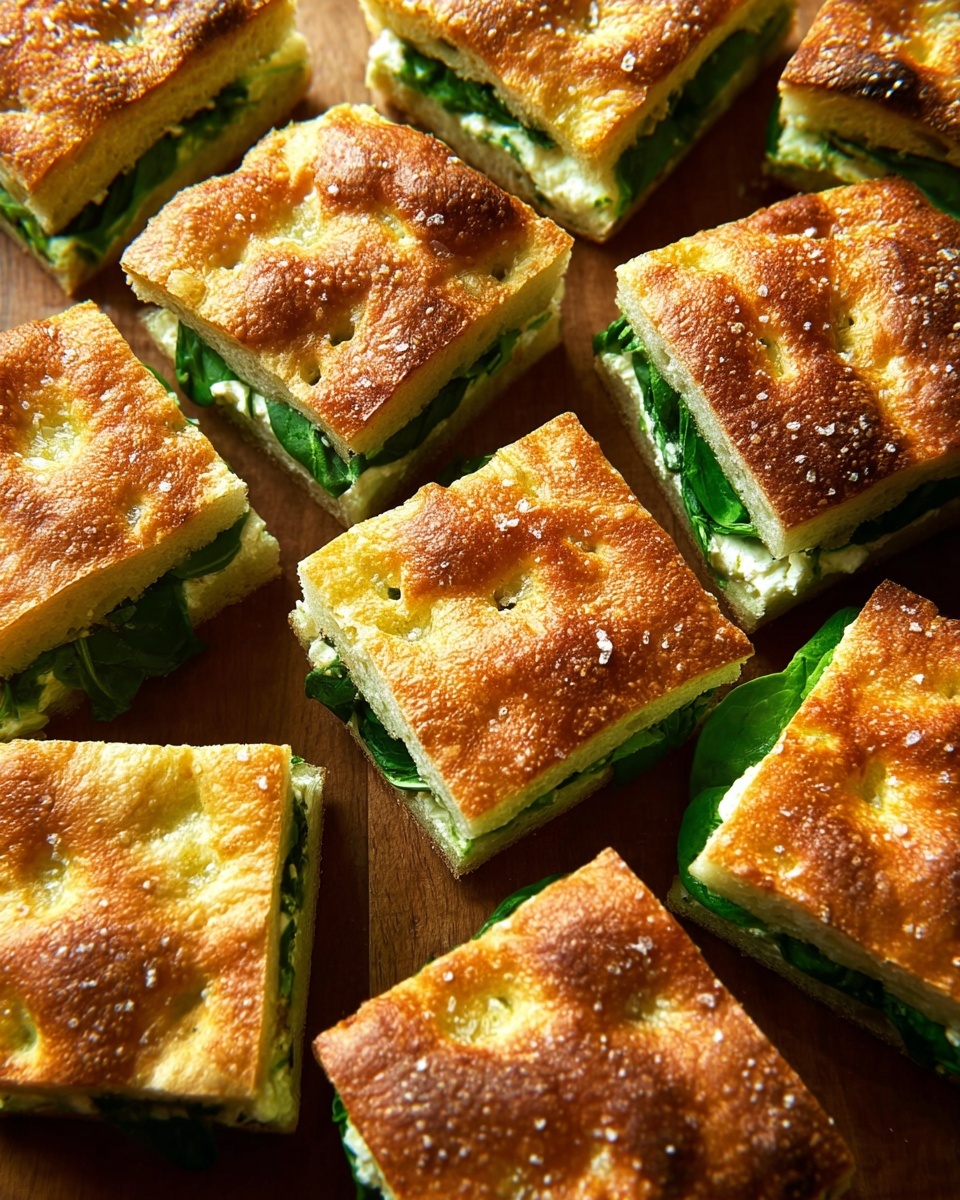
Garnishes
I always stick to simple but beautiful garnishes: flaky sea salt, fresh rosemary, and a drizzle of good olive oil right out of the oven. Sometimes I add thin slices of garlic or cherry tomatoes for a little pop of color and extra flavor. Keep it light so the bread remains the star.
Side Dishes
This focaccia pairs amazingly with Italian soups like minestrone, charcuterie boards, or simply alongside a fresh salad. When my family and I have it for dinner, it’s usually with marinated olives, roasted veggies, and some good cheese — a perfect cozy combo.
Creative Ways to Present
For special occasions, I like to cut the focaccia into small squares, brush lightly with truffle oil, and serve it topped with a dollop of herb-infused ricotta and a sprinkle of lemon zest. It’s a real crowd-pleaser and looks stunning on the platter.
Make Ahead and Storage
Storing Leftovers
Once the focaccia has cooled completely, I store it in an airtight container or resealable bag at room temperature. It stays fresh and soft for up to three days — although to be honest, it rarely lasts that long in my house!
Freezing
Whenever I make extra, I slice the focaccia and wrap portions tightly in plastic wrap before freezing them in a freezer bag. This way, I can pull out just what I need and defrost quickly without compromising the bread’s texture.
Reheating
Reheating focaccia is a breeze—just pop it in a 350°F oven for about 15 minutes to crisp the crust back up and warm the crumb. This tip saved me when I wanted to enjoy leftover focaccia that had softened too much overnight.
FAQs
-
Can I skip the overnight refrigeration step?
You can, but the slow rise in the fridge enhances flavor and texture tremendously. If you’re in a hurry, let the dough rise at room temperature for about 2 hours, then proceed with shaping and baking. Just be aware the flavor might be milder and the crumb slightly less developed.
-
What if I don’t have instant yeast?
No worries! Substitute instant yeast with active dry yeast using the same amount, but mix it with the warm water first and let it sit for 5-10 minutes until foamy before adding to the flour and salt. That activates the yeast and ensures your dough rises properly.
-
How do I prevent my focaccia from sticking to the pan?
Greasing the pan thoroughly with butter or nonstick spray and lining it with parchment paper is key, especially if you’re using glass or metal pans prone to sticking. I learned this the hard way after losing a beautiful crust!
-
Can I add toppings before baking?
Absolutely! This recipe is a great base for all kinds of toppings. Just press them gently into the dough before baking—think olives, cherry tomatoes, thinly sliced onions, or herbs. Keep them light so the dough can still rise well.
-
How do I know when the focaccia is done baking?
Look for a deep golden brown color on top and a crisp, golden bottom. If you tap the crust, it should sound hollow. Oven times can vary, so keep an eye in the last few minutes and adjust as needed.
Final Thoughts
It’s rare that a recipe hits all the right notes so effortlessly, but The Best, Easiest Focaccia Bread Recipe truly does. From the way it fills your kitchen with a heavenly aroma to the joy of biting into that perfectly crisp crust, it’s been a favorite in my home for years. I promise you, once you try this, you’ll be coming back to it again and again. So roll up your sleeves, invite a friend over, and enjoy baking this beautiful bread that tastes way more complicated than it actually is!
Print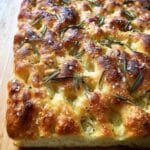
The Best, Easiest Focaccia Bread Recipe
- Prep Time: 20 minutes
- Cook Time: 30 minutes
- Total Time: 18 hours 30 minutes
- Yield: 2 loaves
- Category: Bread
- Method: Baking
- Cuisine: Italian
Description
This recipe for the best and easiest focaccia bread yields delicious, golden, and crisp loaves with a tender, airy crumb. The dough is simple, requiring basic ingredients like flour, salt, instant yeast, water, and olive oil. The unique long, cold fermentation in the refrigerator develops deep flavor and texture, while the final dimpling and topping with rosemary and flaky sea salt create the signature focaccia taste. Perfect for sandwiches, snacking, or as a complement to any meal.
Ingredients
Dough
- 4 cups (512 g) all-purpose flour or bread flour
- 2 to 3 teaspoons (10 to 15 g) kosher salt
- 2 teaspoons (8 g) instant yeast
- 2 cups (455 g) lukewarm water (1/2 cup boiling water mixed with 1 1/2 cups cold water)
For Greasing and Topping
- Butter for greasing pans
- 4 tablespoons olive oil, divided
- Flaky sea salt, such as Maldon, for sprinkling
- 1 to 2 teaspoons whole rosemary leaves (optional)
Instructions
- Make the dough: In a large bowl, whisk together the flour, kosher salt, and instant yeast until combined. Add the lukewarm water and use a rubber spatula to mix until the flour absorbs the liquid and forms a sticky dough ball. Lightly rub olive oil over the dough’s surface to prevent drying during fermentation. Cover the bowl tightly with a damp tea towel, cloth cover, or plastic wrap and place it in the refrigerator immediately for at least 12 hours and up to 3 days to cold ferment and develop flavor.
- Prepare baking pans: Line two 8- or 9-inch pie plates or a 9×13-inch pan with parchment paper or grease thoroughly with butter or nonstick cooking spray. Pour a tablespoon of olive oil into each smaller pan or 2 tablespoons if using the larger pan to coat the surface.
- Divide and rest dough: Remove the dough from the fridge. Use two forks to gently release the dough from the bowl sides and fold it toward the center, rotating the bowl in quarter turns to form a rough ball. Divide the dough into two equal parts for pie plates or keep whole for the larger pan. Place each dough ball into the prepared pan and roll it around to coat evenly with oil. Allow the dough to rest and rise at room temperature for 3 to 4 hours; it does not need to be covered during this rise.
- Preheat oven and prepare dough for baking: Position a rack in the center of the oven and preheat to 425°F (220°C). Optionally sprinkle whole rosemary leaves over the dough. Drizzle a tablespoon of olive oil over each focaccia round (two tablespoons if using the large pan). Lightly coat your hands with oil and press all your fingers deeply into the dough to create characteristic dimples, gently stretching the dough if needed to fill the pan. Finish by sprinkling flaky sea salt evenly over the top.
- Bake the focaccia: Place the pans in the oven and bake for 25 to 30 minutes, until the bottom and edges become golden and crisp. Remove from the oven and transfer the focaccia to a cooling rack. Let cool for at least 10 minutes before slicing and serving. For sandwiches, allow it to cool completely.
- Storage and reheating: Once completely cooled, store focaccia in an airtight container or bag at room temperature for up to 3 days. For longer storage, freeze up to 3 months. To revive the crust, reheat in the oven at 350°F (175°C) for 15 minutes before eating.
Notes
- Ensure the dough is well coated with olive oil before refrigerating to prevent drying and crust formation on top.
- If using a cloth or tea towel as a cover, consider securing it tightly with a rubber band to create a more airtight seal.
- Butter greasing is necessary for glass or certain pans to prevent sticking; olive oil alone works for some metal pans.
- The long cold fermentation in the refrigerator significantly enhances the flavor and texture of the focaccia. For quick preparation, this step can be shortened but results may vary.
- Flaky sea salt like Maldon adds a nice crunchy texture and flavor contrast when sprinkled on top.
- Rosemary is optional but recommended for authentic focaccia flavor.
- The resting time at room temperature after dividing allows the dough to rise before baking, which is crucial for the characteristic airy texture.
- Always cool focaccia before storing to prevent condensation and sogginess.
Nutrition
- Serving Size: 1 slice (about 1/12 of a loaf)
- Calories: 220
- Sugar: 0.3 g
- Sodium: 320 mg
- Fat: 7 g
- Saturated Fat: 1 g
- Unsaturated Fat: 6 g
- Trans Fat: 0 g
- Carbohydrates: 33 g
- Fiber: 2 g
- Protein: 6 g
- Cholesterol: 0 mg

